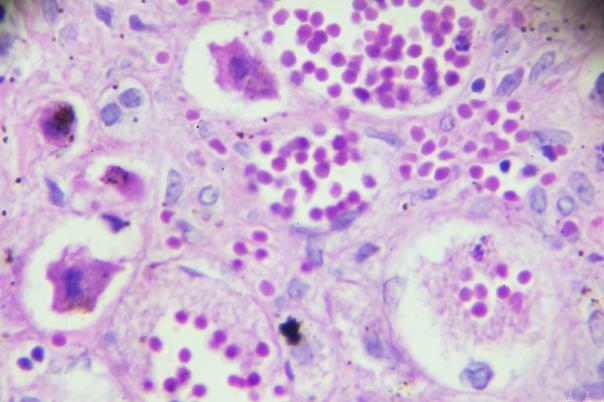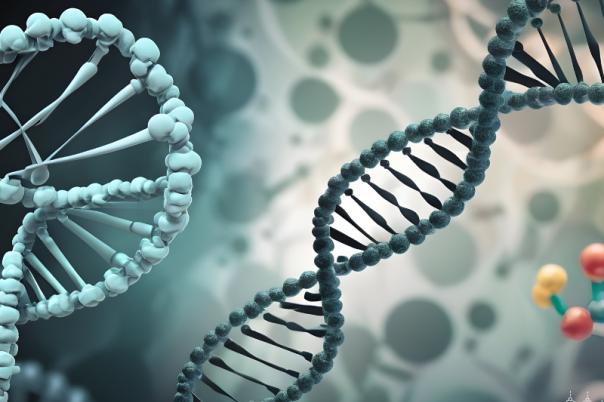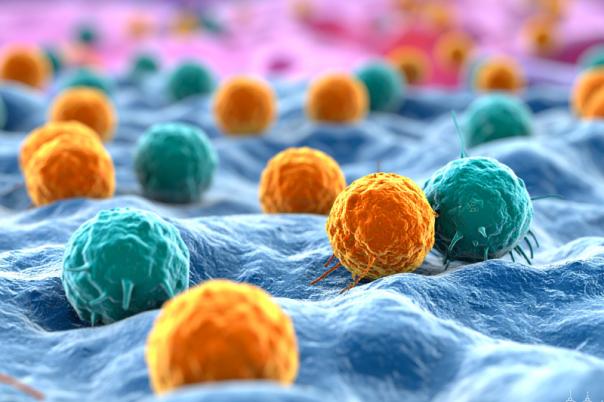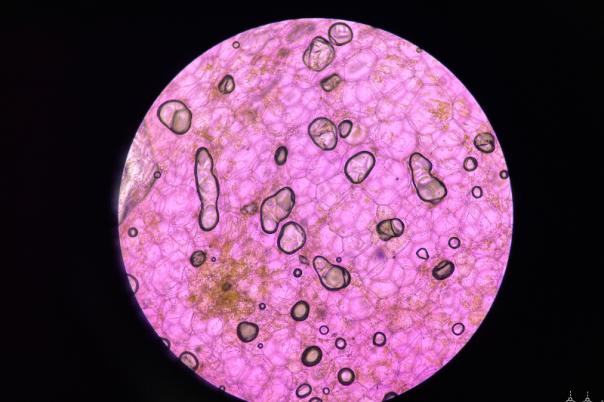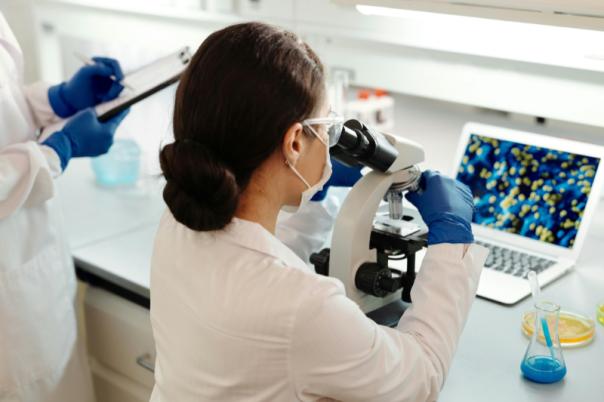Biological ageing has a very strong interplay with ageing physiology, and biomarkers can help scientists understand the ageing process and determine its effects on various diseases. Gayle Marshall, Head of Biomarkers, Medicines Discovery Catapult, discussed the range of multiomic technologies that delve into the biology of related diseases in ageing and identify key drivers involved in ageing. She explained that these pathways could build the foundations of these drug discovery programmes.
Patients aged 60 or older consume more than 40% of NHS costs annually, and the number of 60-year-olds is expected to double between 2000 and 2050, making ageing an expensive issue. Although lifespan has increased over the years, health span hasn’t managed to keep up. A recent study identified 9 hallmarks of ageing; Marshall decided to focus on cellular senescence.
The UK SPINE collaboration involves academics and industry and seeks to improve the health span of patients with age-related conditions by accelerating drug discovery. By relying on these multi-disciplinary partners, one can draw on different sets of expertise to advance drug discovery programs. Through this collaboration, many different case studies have been conducted.
One study carried out by Medicines Discovery Catapult aimed to determine whether they could identify a profile of patients just by looking at their blood to figure out their age. They accessed samples from Generation Scotland and examined donors across all ages. Using the nine hallmarks of ageing, Marshall took a panel of around 400 genes and examined gene expression within plasma samples to see whether it was possible to identify key drivers.
Using the GeoMx platform from NanoString and imaging technologies, Marshall and her team combined multispatial and multiomic capabilities to understand more about pathways and how we could understand them and their role in ageing and disease.
Building on this, the team conducted more studies. For example, they investigated lipid profiles and transcriptomics in ALS patient samples to understand disease progression. Another project explored the repositioning of the bisphosphonates phenomenon, which revealed that non-skeletal actions of bisphosphonates like zoledronate have a role in ageing. These various case studies demonstrate the importance of biomarkers for drug discovery and understanding ageing-related diseases.

